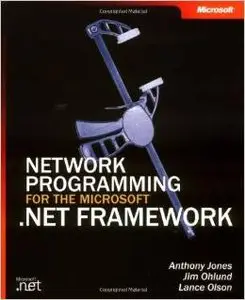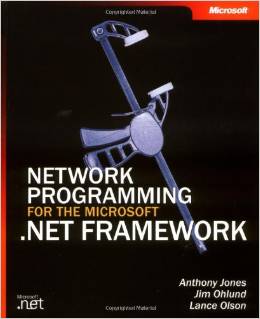Network Programming for the Microsoft .NET Framework by Jim Ohlund
English | Sep 27, 2003 | ISBN: 073561959X | 384 Pages | CHM | 1.5 MB
English | Sep 27, 2003 | ISBN: 073561959X | 384 Pages | CHM | 1.5 MB
Learn the best ways to exploit the networking APIs in the .NET Framework—and deliver greater flexibility, interoperability, and power to your network applications. Three network programming specialists from Microsoft demonstrate how to use the System.Net namespace, which contains the core classes for network development, across a range of scenarios—from writing your first socket-based application to developing high performance N-tier Web applications. Whether you’re a Win32-based network programmer moving to the .NET Framework or you’re an XML Web Services or .NET Remoting developer looking for a better understanding of how these technologies relate to the network, this singular reference delivers the code and instruction you need.
Discover how to:
- Use serialization techniques—binary, XML, and SOAP—to package complex data
- Enable concurrent programming—and increase application flexibility—with threads and asynchronous I/O
- Resolve URIs without writing protocol-specific code
- Communicate over IP networks using DNS, IPv4, and IPv6
- Learn core to advanced socket programming techniques for both client and server operations
- Employ the .NET Web-related classes to retrieve HTTP content—proxy servers, cookies, credentials, and more
- Fine?tune XML Web services in your network programs and customize the underlying HTTP protocol for optimal efficiency
- Write a .NET Remoting custom channel to communicate over any data transmission medium
- Utilize code access security, encryption technology, and HTTP authentication techniques
- Boost application performance and scalability by streamlining resources



